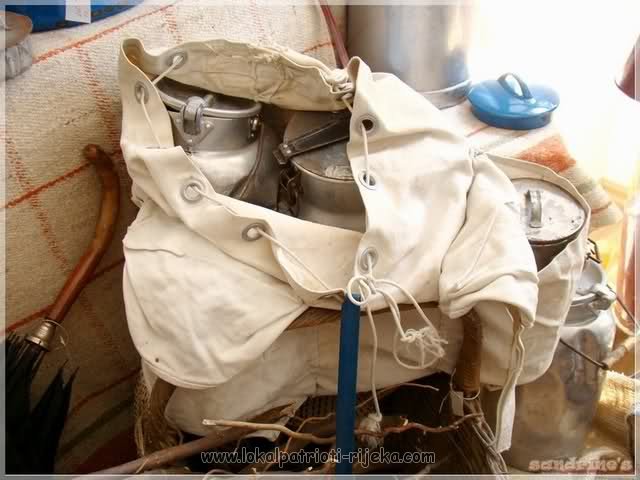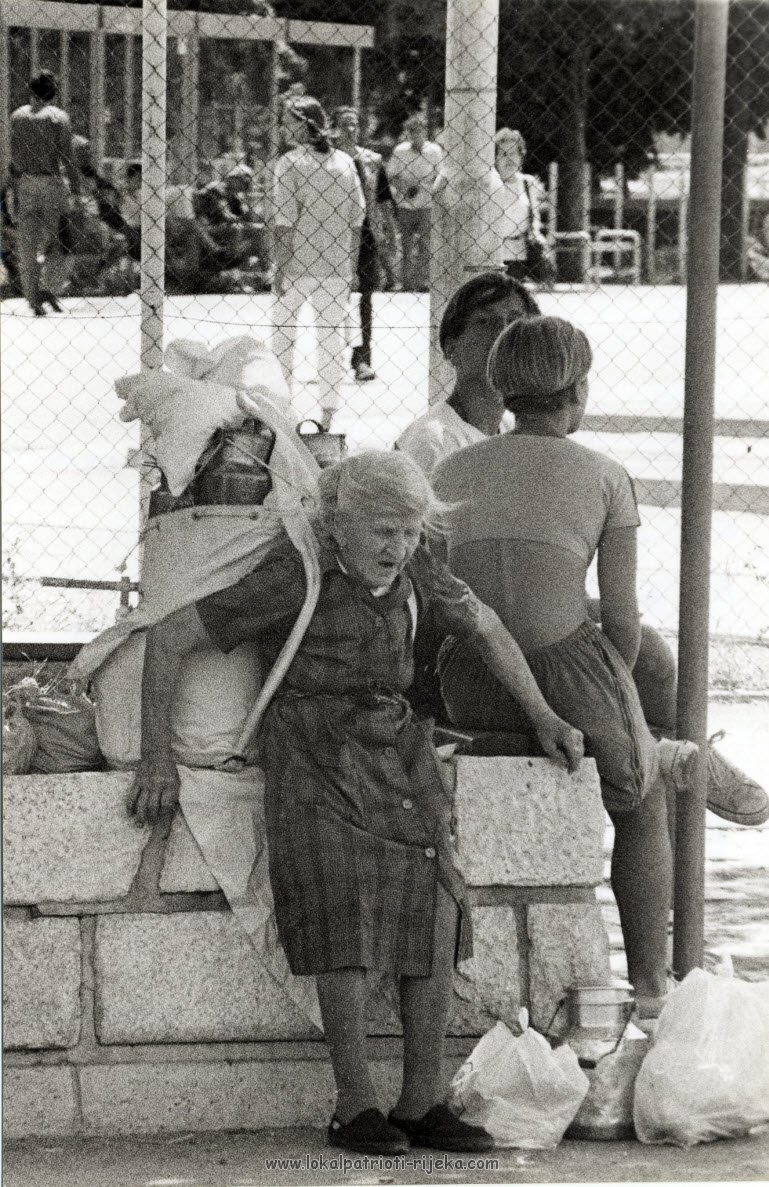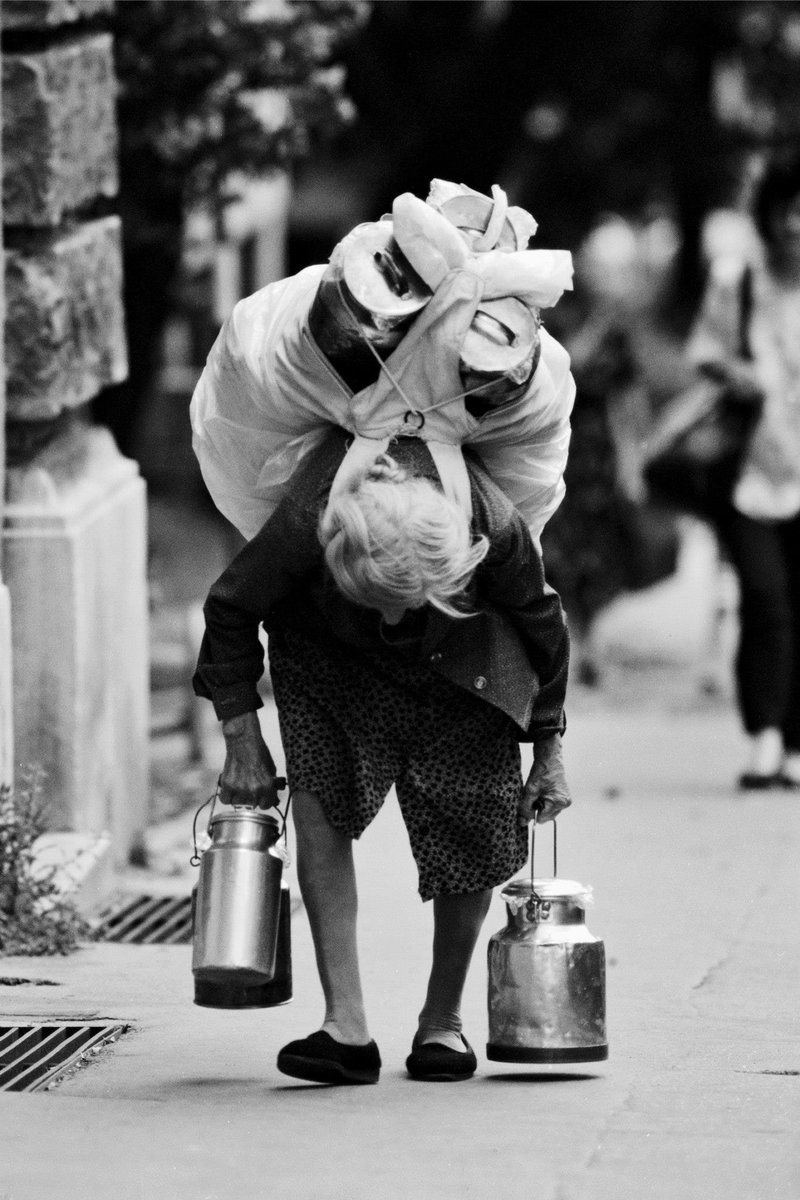Meet the Croatian Supercar Blondie, Race Track Record Holder
May 9, 2023 - Nensi Perić Terčić from Opatija is a sports manager by profession, and she organizes track day events at the Grobnik race track near Rijeka. Meet the Croatian Supercar Blondie.
Her greatest love and passion, as 24Sata writes, are fast sports cars. She holds the female record at the Grobnik race track, and many compare her to the mega-popular "Supercar Blondie."
Her track day events welcome amateur drivers to Grobnik, who can come with their own or a rented car and enjoy a sporty drive. Nensi and her husband have four supercars that they rent out.
"The cars from our fleet include a Ferrari 488 GTB, a Porsche GT3 RS, a Porsche Carrera 4 GTS, and an Alfa Romeo 4C. For those who come to the track for the first time, we offer a beginner's track day, where we teach the drivers all the details to avoid any inconvenience with the first time out on the track", explains Nensi, who has loved cars since she was a little girl. Her father is a passionate fan of cars and auto racing, and he passed that love on to her.
"Passion for cars is encoded in my genes. I've loved watching car races and Formula 1 since I was little, and that love continued through high school when I followed everything but fashion and beauty magazines", reveals Nensi.
Race Track Record Holder
This "Lady in the car", as her Instagram handle states, currently holds the record for the fastest lap in the category of female drivers on Grobnik. Her record is 1.37 minutes, and she hopes to boast a new personal record of 1.34 minutes by the end of the year. The fastest car she ever drove was an Aston Martin GT4.
"I drove that car in Yas Marina in Abu Dhabi, and it will definitely remain in my memory forever because it was the first time I drove a racing car on a track where Formula 1 is normally driven", recalls Nensi.
"When I'm driving on the track and pass the finish line, the eyes from the stands turn towards my car, and I don't think anyone is aware that a woman is driving. When I return to the pit and take off my helmet, men often react with surprise. It's mostly positive reactions", says Nensi.
Driving Expensive Cars
The most expensive car she has ever driven is worth an incredible 5 million euros - a Pagani Huayra BC model.
"I often get the opportunity to drive expensive cars, which is an exceptional honor," she adds.
Nensi says she is flattered when people compare her to Australia's "Supercar Blondie," who has more than 30 million followers on her reviews of exotic cars.
"I hope that I will have the opportunity to drive the cars that she drove," she says.
Nensi plans to continue organizing events at the Grobnik race track and expand to other tracks in Europe. In addition, she is working on establishing a club of women who are fans of fast driving.
"I invite them to contact me so we can gather as many as possible," concludes the 30-year-old Croatian Supercar Blondie.
For more, make sure to check out our dedicated Lifestyle section.
Steward Killed in Accident at Grobnik Motorsport Racetrack
ZAGREB, 24 July 2022 - A steward was killed when a racing car ran off the track at the Grobnik Circuit venue in the Rijeka hinterland on Saturday, organisers of the race reported on Sunday.
The accident happened on the first day of the "Croatia 2022" contest, during an hour-long Endurance race.
In the accident, the car driving at full speed ran off the track, pushed the fence and hit two stewards standing at their position. One of them sustained fatal injuries and died after he was admitted to a hospital in Rijeka. The other steward was lightly injured.
The contest was suspended and an investigation is under way.
The Croatian Automobile and Karting Federation (HAKS) has informed the competent international agencies and Croatian law enforcement and investigation authorities about the case.
For more news about Croatia, click here.
Milkmaids of Grobnik: Walking the Long Road Between Farm and Table
LOFebruary 17th, 2022 - Adding a splash of milk to a cup of coffee is an act so simple in itself, we tend to forget how much work and effort was once required to supply a single town with dairy produce. Meet the milkmaids of Grobnik, the women who travelled unimaginable distances on foot each morning to ensure every household in Rijeka had fresh milk on the table
Historically, the city of Rijeka has never been known for thriving agriculture. The urban area of Rijeka takes up a strip of land between the Kvarner gulf in the south and a mountainous hinterland in the north; the hustle and bustle of the industrial port city is not exactly an environment optimal for growing food and raising cattle.
And so, when it came to fresh produce, the populace of Rijeka used to depend on settlements in the wider area of this Northern Adriatic town. The Grobnik Field, as the name might indicate, was a particularly prolific land in this regard, with the crisp climate providing ideal conditions for livestock farming. Many people living in the Grobnik area, specifically in the municipalities of Grobnik, Cernik and Jelenje, raised cows and sold dairy products on the market in Rijeka.
Back in the day, before the two areas were connected with public transport, moving large quantities of dairy from Grobnik to Rijeka was far from an easy feat. It was an awe-inspiring undertaking, one that us lovers of convenience of the modern day can barely begin to fathom.
 Milkmaids returning to Grobnik
Milkmaids returning to Grobnik
The women of Grobnik, known as milkmaids (mlikarice in the local dialect), would get up in the dead of night, stoke the fire, prepare morning coffee for the household, and milk the cows. The fresh milk was stored in tin containers called lata.
And then, before the crack of dawn, they’d travel 15-20 kilometres to Rijeka on foot, hunched under the weight of milk containers they carried on their backs, a petroleum lantern in their hand to light the way before sunrise. Every single morning, only to sell their products in Rijeka and walk the same distance back home in the afternoon.
 Canvas backpacks used for milk transport
Canvas backpacks used for milk transport
The tin containers, transported in wicker baskets at first and later in special backpacks, typically held 2, 5, 8 or 10 litres of milk each; you’ll find different figures in various sources, but it’s safe to say that every milkmaid carried 20-30 litres of milk on average, with the added weight of containers and other dairy products such as cheese or butter.
Day in and day out, rain or shine, no matter the season. It was a superhuman effort, even more so when you add up all the time these women spent on the road, all the weight they carried, the distance they travelled over the course of their lifetime. It was common for the milkmaids to toil well into their old age; their weary faces and hunched backs speak of the toll of this hard work.

A lovely feature on Fiuman dedicated to Grobnik milkmaids pays homage to the (unnamed) author’s grandmother, who first started selling milk in Rijeka in 1914 when she was 16 years old. She made the trip every single day, save for a few days of rest after each of the four times she gave birth. Over 34 years, the woman carried over 238,000 litres of milk on her back and walked roughly the same mileage.
Another milkmaid remembered by the local population, mentioned on Lokalpatrioti Rijeka, was Tonka from Cernik who started working even younger, at the age of 12. She made the trip every day until she turned 75; given that she sold an average of 20 litres of milk a day, Tonka carried a mind-boggling total of 432,000 litres in the 60 years she spent hard at work, having trekked a distance of some 390,000 kilometres - equal to some 10 trips around the equator. Tonka died aged 80, having received no pension or health insurance.

And then the local bus services were introduced, convenience stores started popping up around town, and so the last of the milkmaids made their final trips in the 1990s. A footpath connecting the villages of Hrastenica and Orehovica was named the Milkmaid’s Trail to honour the women who walked the road to Rijeka each morning.
There’s a small square in the Old Town in Rijeka dedicated to the Grobnik milkmaids, named Mljekarski trg (the Milk Square). A statue of a milkmaid adorns the square, a woman in bronze carrying a lantern in one hand and supporting the weight on her shoulders with the other. A similar sculpture is displayed in Dražice near Rijeka. Both are solemn reminders of the pain and hardships endured by these women only to make a humble living, all the while ensuring an entire city was supplied with essential foods.
 Milkmaid Toncica Reljac unocovering the sculpture on Mljekarski square in Rijeka
Milkmaid Toncica Reljac unocovering the sculpture on Mljekarski square in Rijeka
All images used in this article were sourced from the Lokalpatrioti Rijeka forum.
Zvončari of Rijeka: Bellmen Who Keep Evil Spirits at Bay (Photos)
Even though the calendar says otherwise, Rijeka temporarily said goodbye to winter and glided into the most flamboyant season of them all. Premature spring? Nope, the so-called fifth season of the year: the carnival!


